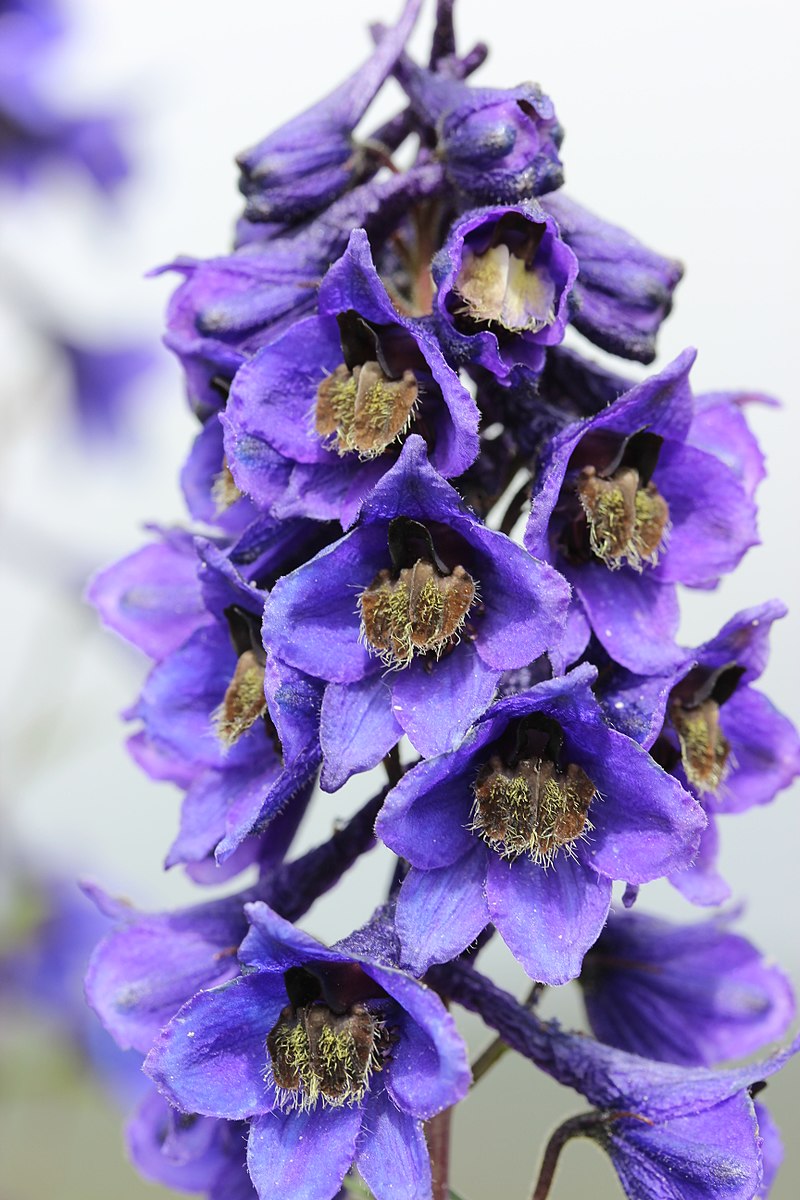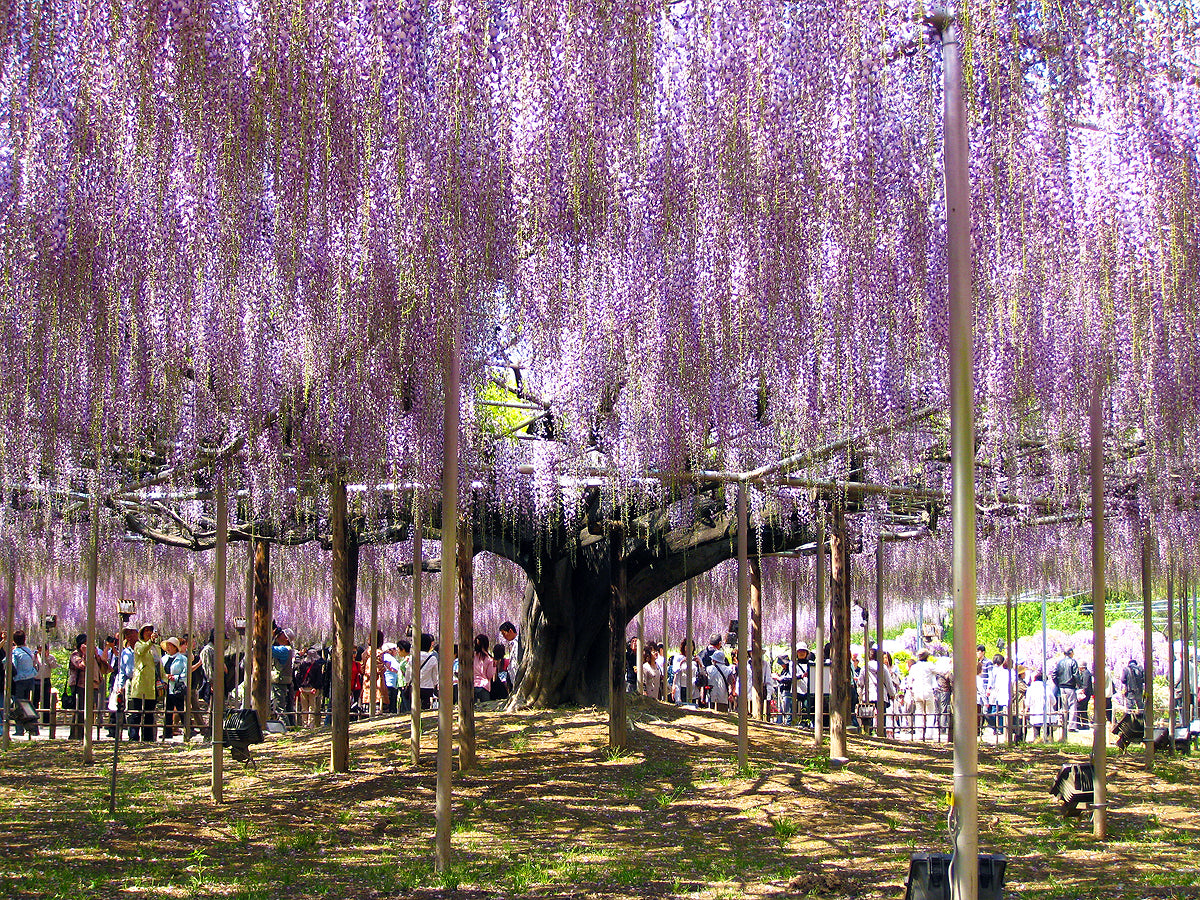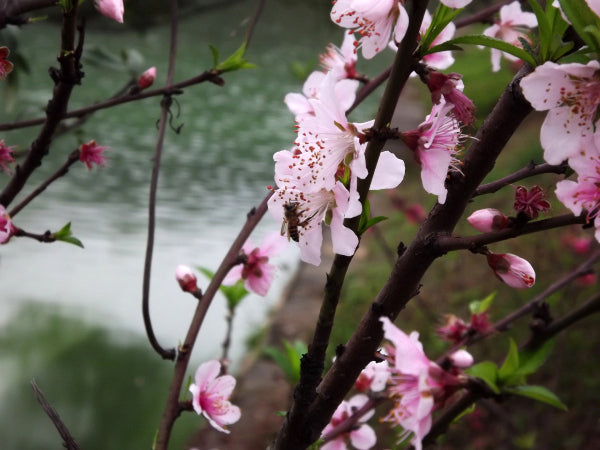
Wild Poisonous Plant Of The Week 14 - The British Larkspur
Botanical name: Delphinium elatum
Common names: Larkspur, Candle Larkspur, Alpine Delphinium
Physical Appearance: Larkspur is a tall herbaceous plant growing up to 180cm in height. It has lobed leaves and dark purple flowers. Depensing on the exact variety, the flowers can also be blue, white, yellow or lavender. Generally, it comes into bloom in July.
Toxicity: Moderately toxic. Ingestion of even small amounts of leaf matter can lead to serious poisoning and will cause severe discomfort to humans and animals if ingested. This plant is also the source for many incidents of poisoning amongst cattle. Gloves and long sleeves should be worn when working with delphiniums, as contact with the foliage can result in skin irritation.

The specific poisonous mechanisms resulting from the contained alkanoids is neuromuscular paralysis, amongst others. This can cause muscular fatigue, depressed respiration, trembling, collapse into sternal recumbency and finally, death from respiratory failure.
Point of interest: The plant was thought of as a remedy for scorpion stings! Stated uses include; a cure for asthma and dropsy and as a preventative for eye disease. Larkspur was one of the hebs for the feast of St John and was thought to ward off lightning. In Transylvania, the Larkspur's seeds, which are black, were thought to "keep witches" from the stables.
Photos courtesy of:
Bjorn S - ASA 3.0
By Agricultural Research Service - Source site: http://www.ars.usda.gov/is/graphics/photos/k4377-14.htmlSource URL: http://www.ars.usda.gov/is/graphics/photos/k4377-14.jpg, Public Domain, https://commons.wikimedia.org/w/index.php?curid=5756565


